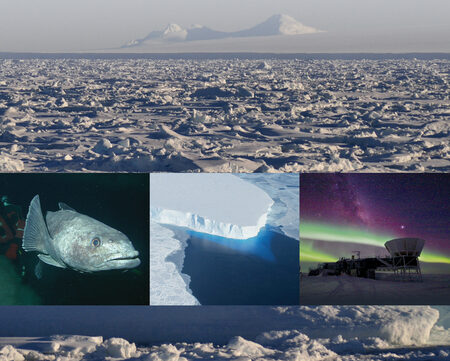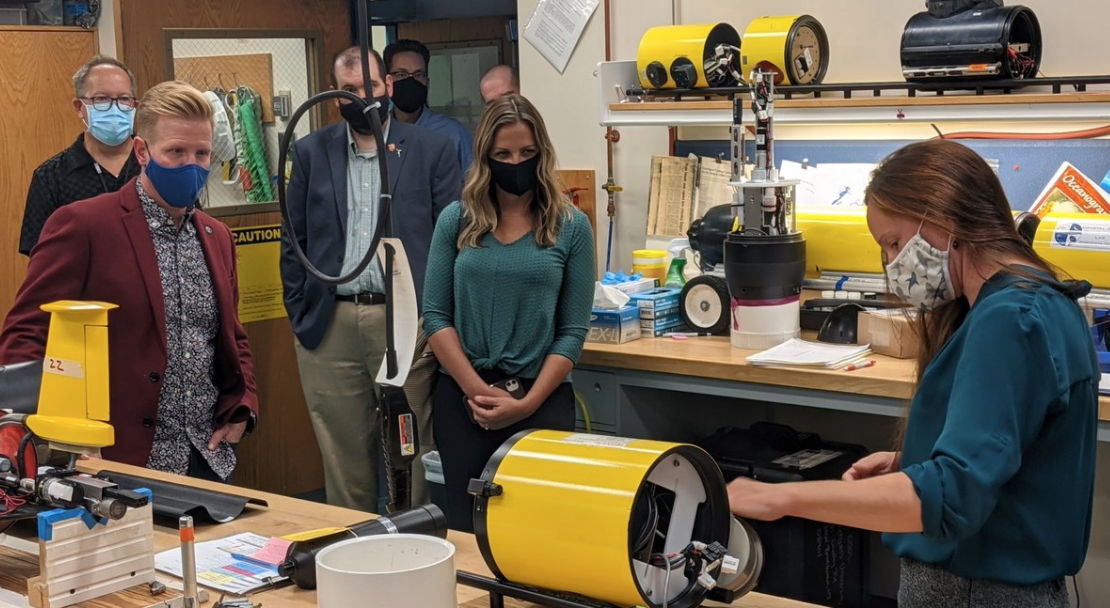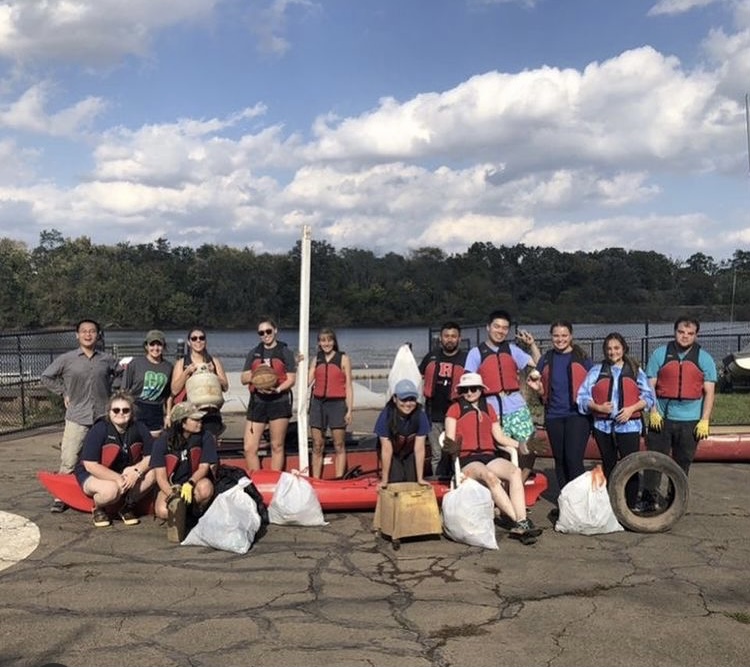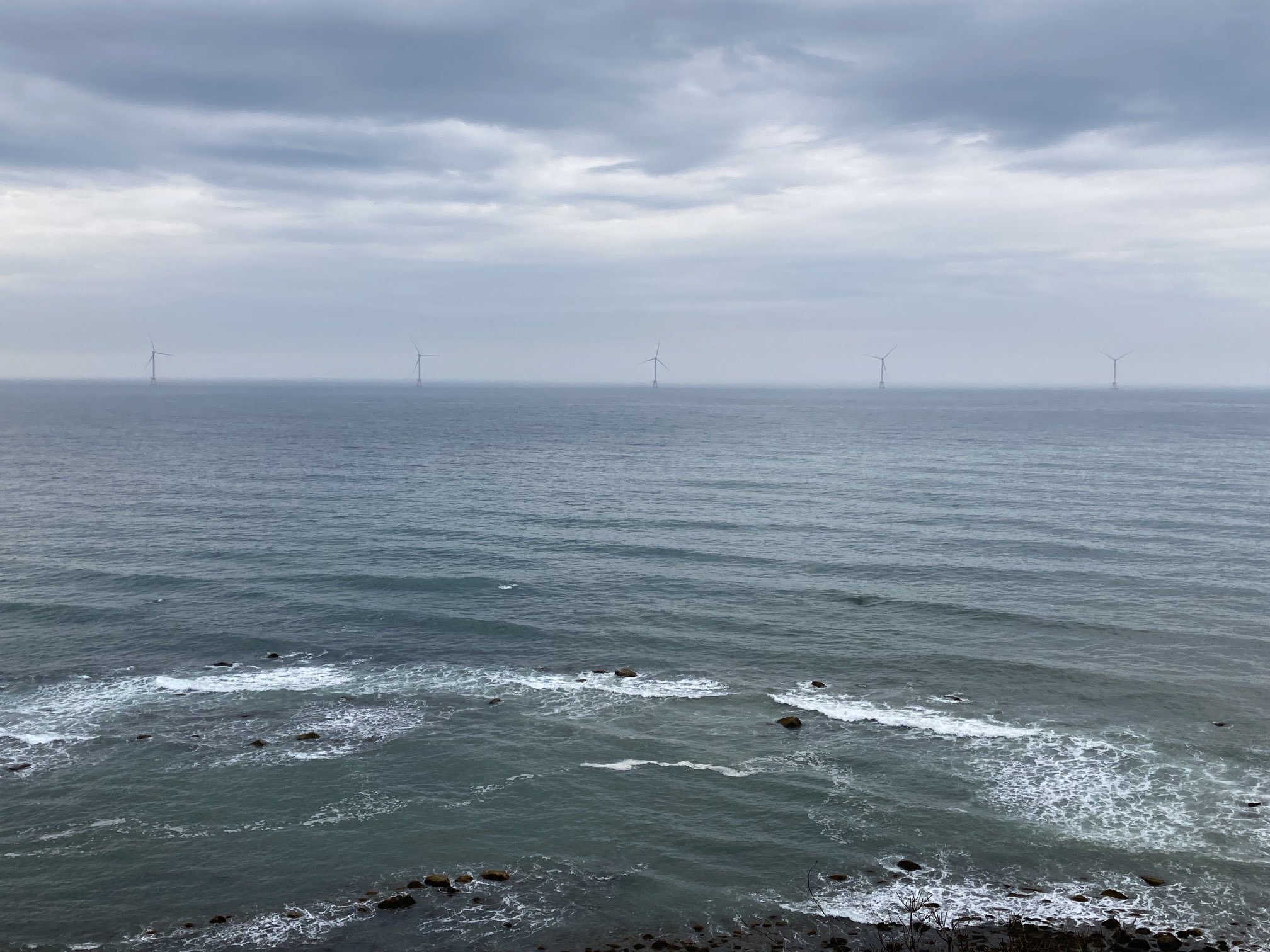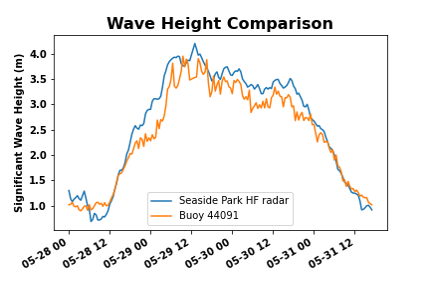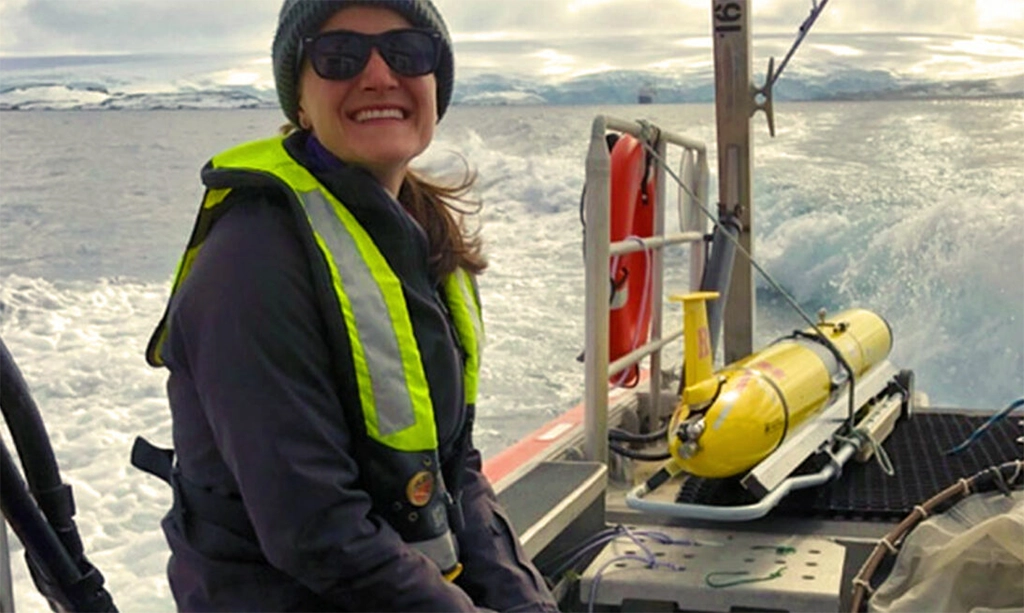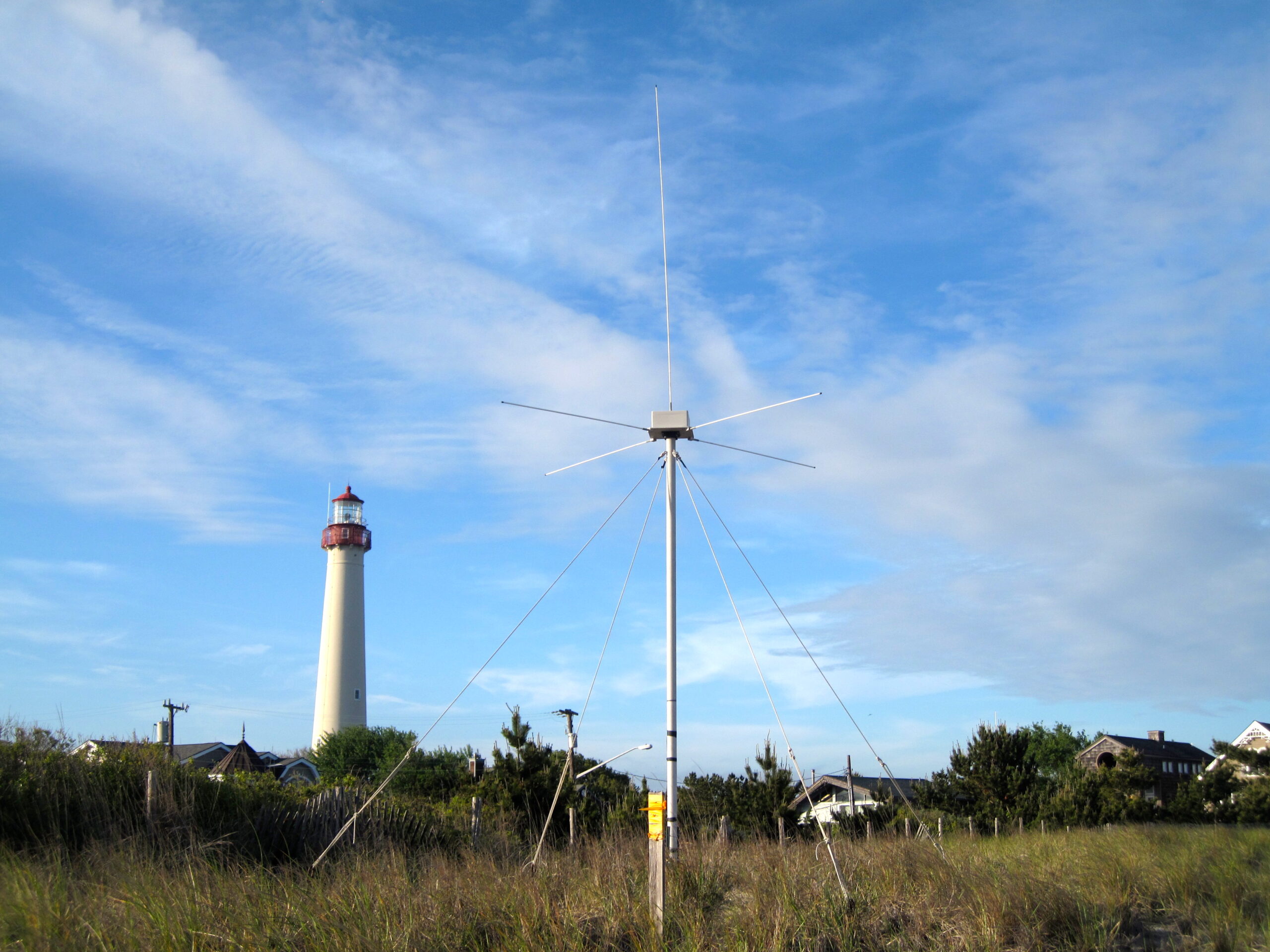Mid-Term Assessment of Progress on the 2015 Strategic Vision for Antarctic and Southern Ocean Research
The Antarctic’s unique environment and position on the globe make it a prime location to gain insights into how Earth and the universe operate. This report assesses National Science Foundation…

